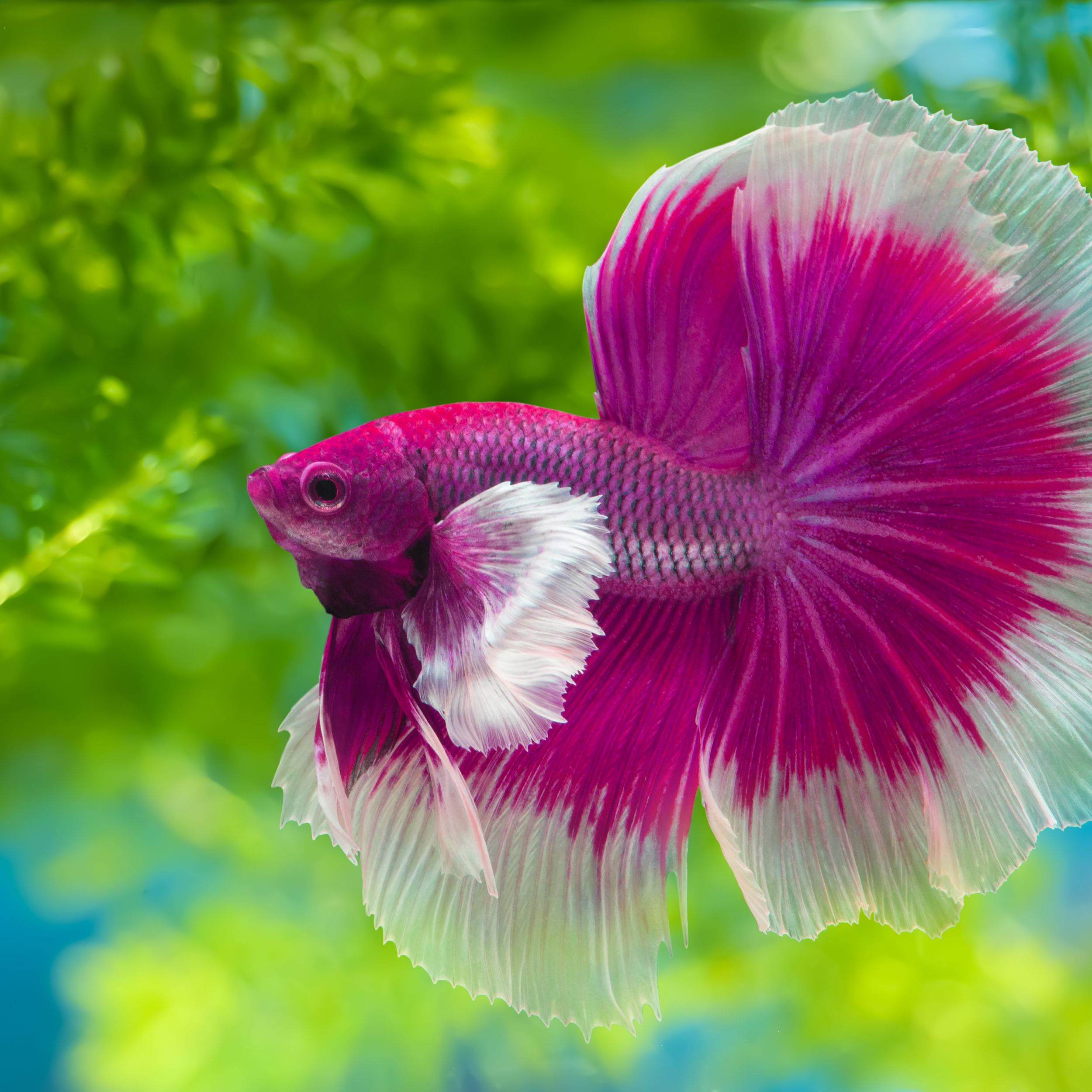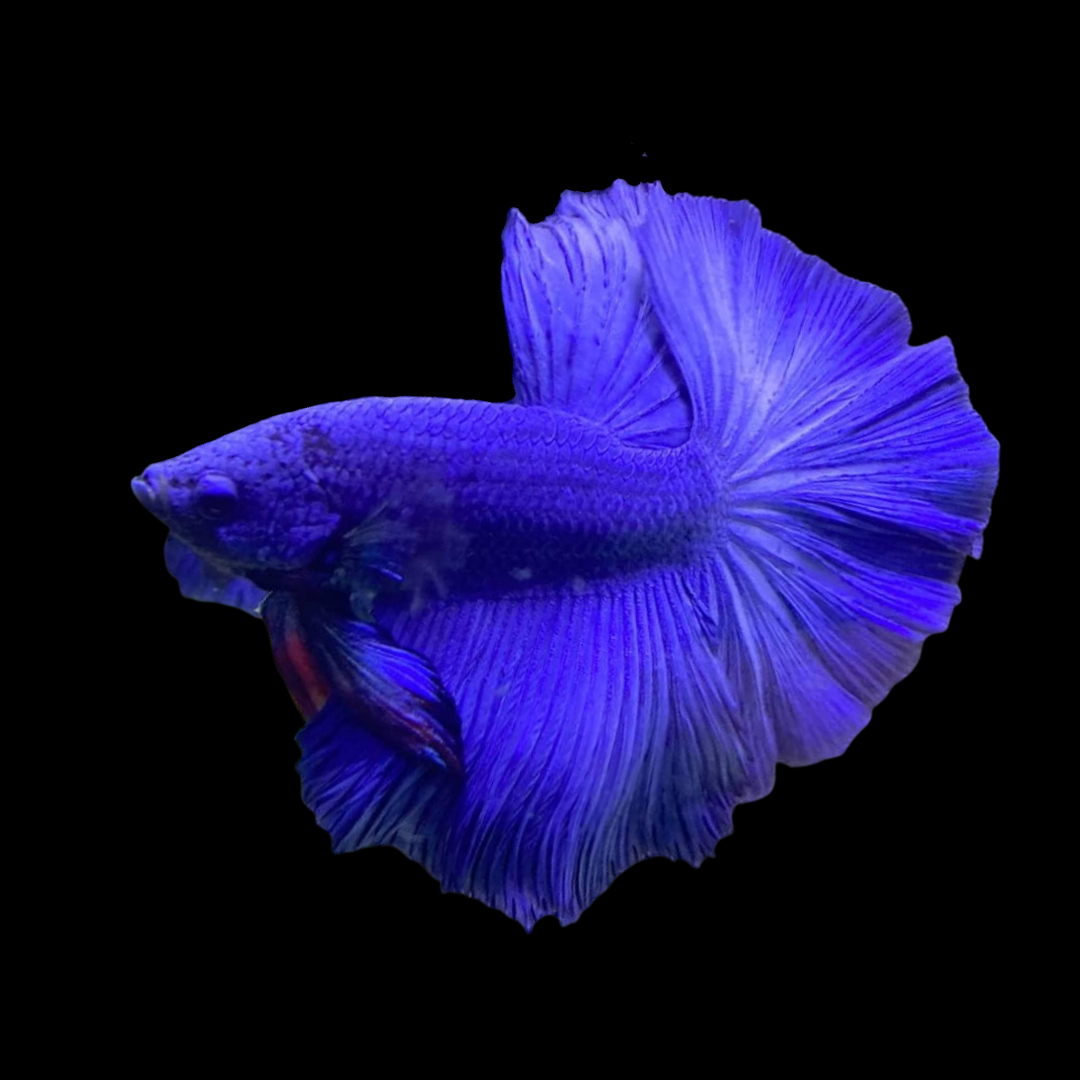Exactly how to Produce the Perfect Betta Fish Environment in your home
Exactly how to Produce the Perfect Betta Fish Environment in your home
Blog Article
Just How to Reproduce Betta Fish Successfully: Professional Techniques and Insights for Hobbyists Looking to Increase Their Betta Collection
Breeding Betta fish needs a nuanced understanding of genes and environmental conditions, making it necessary for hobbyists to approach the process with both persistance and treatment. Creating an ideal reproduction setting, selecting the best sets, and observing the details of their courtship behaviors are foundational actions that can significantly affect the end result.
Understanding Betta Fish Genes
Recognizing the genetics of Betta fish is vital for successful breeding, as it affects traits such as shade, fin shape, and actions. Betta fish show a diverse range of colors and patterns, mainly established by their hereditary make-up. The key genes accountable for pigmentation consist of the "B" genetics for blue, "D" genetics for red, and the "C" gene for color intensity. Breeders can control these qualities by choosing certain moms and dad fish that display preferred attributes.
In enhancement to coloration, fin morphology is an additional significant facet of Betta genes (betta fish). The shape and size of fins are affected by numerous genetics, including those that determine whether the fins are short, long, or veil-shaped. Recognizing these hereditary variations helps dog breeders anticipate the phenotypic results of their spawn
Additionally, behavioral traits such as aggressiveness and territoriality can also be affected by genetics. These actions play a vital duty in the breeding process, as they can influence spawning success and the general character of the resulting fry. By comprehensively recognizing these hereditary principles, dog breeders can make educated choices, eventually enhancing their reproduction programs and attaining preferable results.
Preparing the Breeding Atmosphere
Creating an optimum breeding atmosphere is important for the successful reproduction of Betta fish. The very first step in preparing this environment is to choose an appropriate reproduction container, preferably ranging from 5 to 10 gallons. This dimension enables enough swimming area and the facility of territories. The container should be outfitted with a heater to keep a stable temperature level between 78 ° F and 80 ° F, which is important for urging spawning behavior.
Following, take into consideration using a sponge filter or an air rock to offer gentle water blood circulation without creating strong currents that can worry the fish. It is necessary to install plants or reproducing cones to supply concealing spots and promote comfort for the woman throughout the spawning procedure. Drifting plants, such as Java moss or water sprite, can additionally develop an extra natural atmosphere while promoting bubble nest structure by the man.
Before introducing the breeding sets, make certain the water is conditioned and without damaging chemicals, such as chlorine or hefty metals. betta fish. Routine water modifications must be performed to keep optimum water top quality, boosting the opportunities of effective reproduction. With these preparations in position, the breeding environment will support the health and well-being of both Betta fish
Selecting Reproduction Pairs
Picking the ideal breeding pairs is essential for achieving successful Betta fish reproduction. Healthy Betta fish exhibit vibrant shades, clear eyes, and active behavior.
Temperament is an additional essential consideration, as Betta fish are recognized for their aggressive nature. It is recommended to select a man and woman that exhibit suitable temperaments to minimize stress and anxiety throughout the breeding procedure. A calm man can urge a smoother courtship, while a lady that is too aggressive may disrupt the process.
Hereditary background also plays a substantial duty in the top quality of the spawn. Reproducing fish that are genetically varied can minimize the threat of hereditary health and wellness issues and boost the general vitality of the fry. It is useful to research the lineage of both the man and female, concentrating on preferable characteristics such as fin kind, shade patterns, and size.
The Reproduction Refine
The breeding process of Betta fish calls for careful planning and interest to information to guarantee an effective end result. Initially, it redirected here is crucial to prepare an ideal breeding storage tank, preferably a 5-10 gallon fish tank with a temperature level maintained at 78-80 ° F. The container should be geared up with a heating system, filter (ideally sponge kind to avoid strong currents), and plenty of water plants for the lady to conceal.
Once the environment is set, introduce the chosen reproducing pair to the storage tank, enabling them to accommodate. Observe their article source behavior; the man will certainly display sophisticated courtship routines, including flaring his fins and constructing a bubble nest. If the female reveals interest, she will certainly present upright red stripes showing preparedness for spawning.
When the lady is responsive, the pair will engage in a mating accept, during which the male feeds the eggs. Preserving optimal water conditions throughout this period is vital for the development of healthy and balanced Betta fry.
Taking Care Of Betta Fry

Feeding Betta fry is crucial, as they require a diet plan high in healthy protein. At first, they can be fed infusoria or fluid fry food, transitioning to carefully crushed high-grade pellets as they grow. Feed small parts several times a day to urge healthy and balanced growth without overwhelming the storage tank with leftover food.

As they grow, monitor their development carefully and separate any kind of aggressive people to stop injury. By offering a supporting atmosphere and proper nourishment, hobbyists can effectively raise Betta fry into vivid, healthy fish, ultimately enhancing their reproduction endeavors.
Conclusion
Effective Betta fish reproduction calls for careful attention to genetic choice, environmental conditions, and treatment for the fry. By comprehending the genetics of Betta fish and preparing an appropriate reproduction atmosphere, enthusiasts can boost the opportunities of generating dynamic, healthy offspring. Selecting suitable breeding sets and closely keeping track see this page of the courtship and spawning procedures are necessary. Finally, supplying optimum look after the fry ensures their healthy and balanced growth, adding to a successful Betta collection.
Report this page